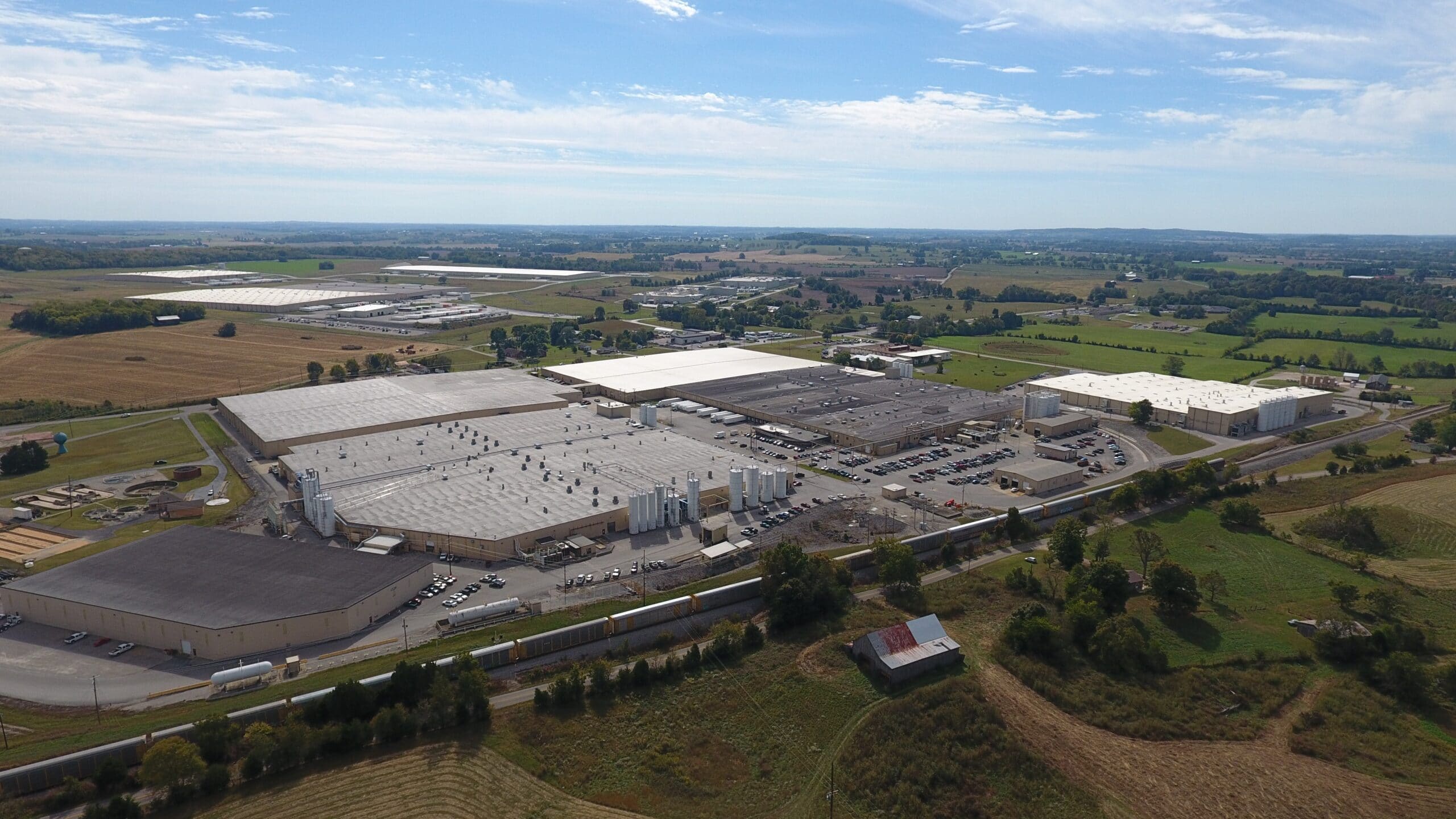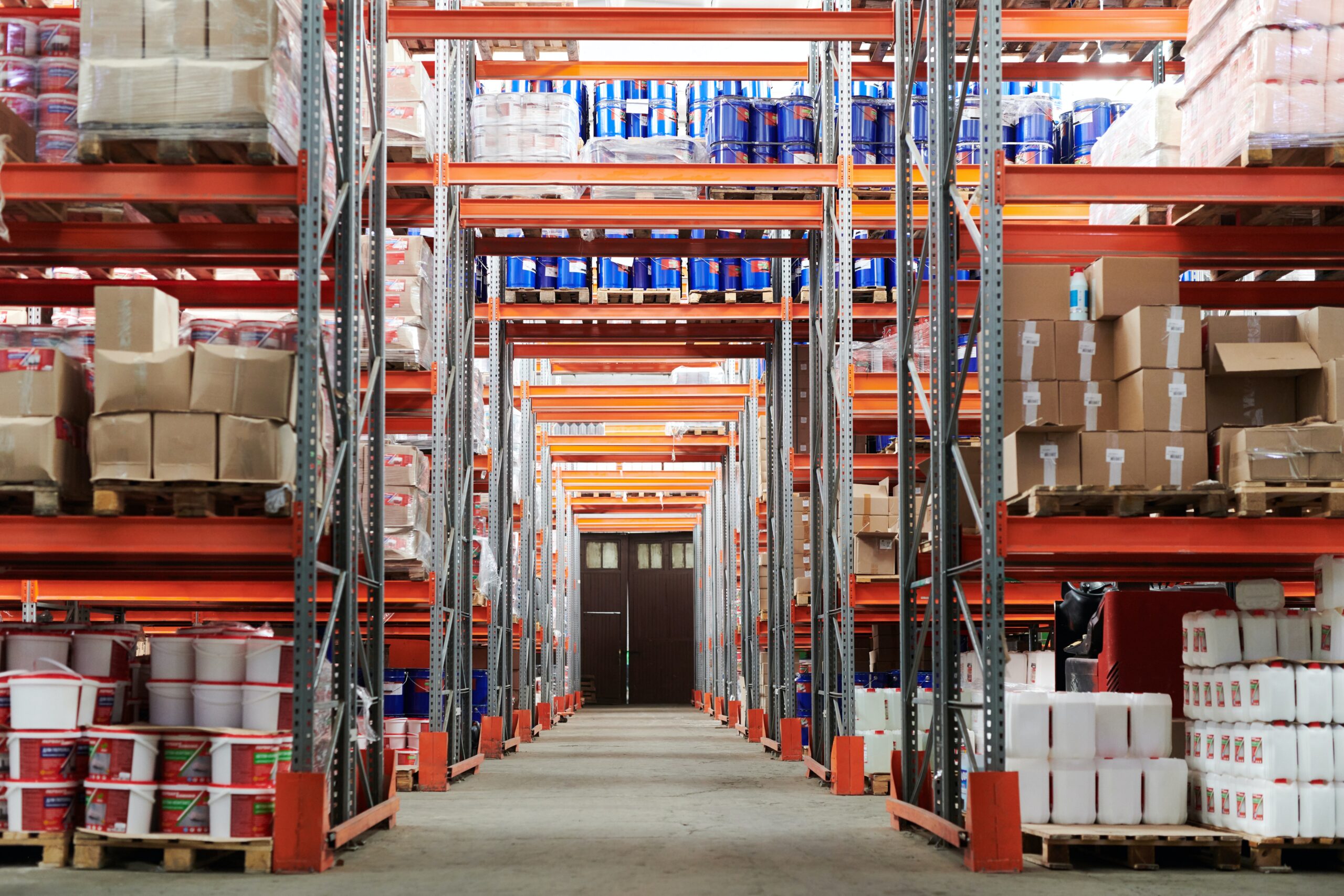How the E-Commerce Boom Revolutionized the Warehouse
March 22, 2022
 Where does the warehouse originate? Granaries, or storehouses for grain, date back to 9500 BC and were used to store food for purchase during times of famine. As European explorers created shipping and trade routes with other nations, warehouses grew in demand to store products and commodities from afar. Since most trade between countries was through ships, warehouses were located close to ports for accessibility. While today, warehouses are typically found in industrial parks on the outskirts of cities, towns, or villages and can cost upwards of multi-millions of dollars.
Where does the warehouse originate? Granaries, or storehouses for grain, date back to 9500 BC and were used to store food for purchase during times of famine. As European explorers created shipping and trade routes with other nations, warehouses grew in demand to store products and commodities from afar. Since most trade between countries was through ships, warehouses were located close to ports for accessibility. While today, warehouses are typically found in industrial parks on the outskirts of cities, towns, or villages and can cost upwards of multi-millions of dollars.
There are two main types of warehouses:
- General warehouses: General warehouses store and protect seasonal or large quantities of backup goods until needed, typically for long periods. General warehouses typically offer limited handling and transportation services.
- Distribution warehouses: Distribution warehouses offer a more comprehensive range of services, including options for short-term storage in addition to transportation, handling, and order-fulfillment and distribution services. Distribution warehouses play a unique role in a supply chain, handling every component of the process, including when a product arrives from a supplier to delivery to the customer.
E-Commerce: The Evolution of the Warehouse
 E-commerce companies emerged in the mid-1990s, and as the shift in the digital era emerged, demand for goods and services online grew exponentially. For example, according to Forrester, there was a 25.7% surge in global e-commerce during the 2020 COVID-19 lockdowns, with sales expected to increase by 17.3% in 2022. Forrester projects that e-commerce will account for 71% of all retail sales by 2024.
E-commerce companies emerged in the mid-1990s, and as the shift in the digital era emerged, demand for goods and services online grew exponentially. For example, according to Forrester, there was a 25.7% surge in global e-commerce during the 2020 COVID-19 lockdowns, with sales expected to increase by 17.3% in 2022. Forrester projects that e-commerce will account for 71% of all retail sales by 2024.
To meet the growing and evolving e-commerce demand and fulfillment processes, companies began to work with third parties to fulfill the services. The partnership allowed for more nuanced delivery services as customers demanded faster shipping, cost-effective distribution across wide customer networks, and software providing detailed insights into order status.
For example, in 2012, large retail distributors like Shopify and Amazon partnered with smart warehousing to deliver seamless services and scalable fulfillment practices. The market has also seen an increase in frozen and refrigerated fulfillment to accommodate the growing demand for online food sales and services, including temperature-controlled and stored pharmaceuticals, also known as cold storage.
Today’s Warehouses
 Today, e-commerce is a vital part of how consumers and businesses order goods. Therefore, warehousing is a key part of a smooth and efficient supply chain process and a priority in a business strategy to meet growing e-commerce demands. Effective warehousing, inventory management, and distribution processes can increase productivity and lower costs.
Today, e-commerce is a vital part of how consumers and businesses order goods. Therefore, warehousing is a key part of a smooth and efficient supply chain process and a priority in a business strategy to meet growing e-commerce demands. Effective warehousing, inventory management, and distribution processes can increase productivity and lower costs.
Automation and accessibility are two main advantages resulting from modern warehousing and fulfillment. As suppliers need to fulfill growing demand quicker, automation supports the demand, bridging the gap between consumer and supplier, and ensuring minimal delay due to human activity or regular operating hours. Modern warehouses also allow smaller retail companies to compete with larger companies as they have access to a national (or international) infrastructure of distribution centers, shipping resources, and warehouses. The volume and complexity of e-commerce demand significantly increased automation, computerized control, and speed within the warehouse fulfillment industry we see today.
